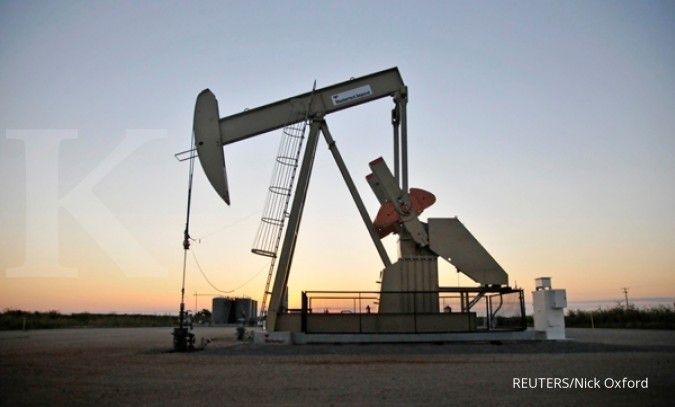OIL AND GAS - NEW YORK. U.S. crude oil stockpiles fell unexpectedly last week as exports rose and refiners continued to increase activity, while gasoline inventories decreased more than expected, the Energy Information Administration (EIA) said on Wednesday.
Crude inventories fell for the second straight week, dropping by 2 million barrels to 445 million barrels in the week ended March 15, the EIA said, compared with analysts' expectations in a Reuters poll for a 13,000-barrel rise.
Gasoline stocks continued a seventh straight week of drawdowns, falling by 3.3 million barrels to 230.8 million barrels, the EIA said. Analysts had projected a 1.3 million-barrel draw.
On the Gulf Coast, gasoline in storage fell by 1.82 million barrels to 76.58 million barrels, the lowest in three years, EIA data shows.
Despite the falling inventories, oil prices extended losses, partly due to weaker gasoline demand, said Bob Yawger, director of energy futures at Mizuho.
"Gasoline is a nice size draw, but demand was down about 200,000 barrels, which is the first time in three weeks it's been below nine million barrels," Yawger said. "The rally we've seen in the past few weeks has been partially because of gasoline but those fundamentals aren't quite as strong."
Read Also: Easing UK Inflation Keeps BoE On Track for Rate Cuts Later in 2024
Oil futures broadly extended their losses after the report.
Brent crude futures was down $1.45, or 1.7%, at $85.93 a barrel by 11:19 a.m. EST (1519 GMT). U.S. crude fell $1.77, or 2.1%, to $81.70 per barrel
Crude stocks at the Cushing, Oklahoma, delivery hub for U.S. futures lost 18,000 barrels last week.
Crude oil exports rose last week by 1.7 million barrels per day to 4.8 million bpd, resulting in net U.S. crude imports falling by 947,000 bpd.
Refiners have started to ramp up activity in about the last month after severe winter weather and outages affected processing rates. Refinery crude runs increased by 127,000 bpd and refinery utilization rates gained 1 percentage point in the week to 87.8% of total capacity.
Distillate stockpiles, which include diesel and heating oil, rose by 624,000 barrels to 118.5 million barrels, versus expectations for an 87,000 drop, EIA data showed.
/2022/11/17/2071900652p.jpg)















